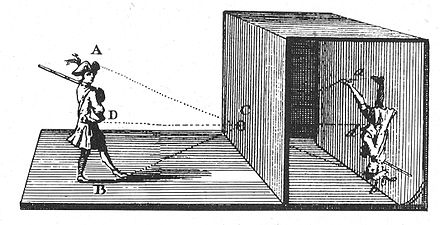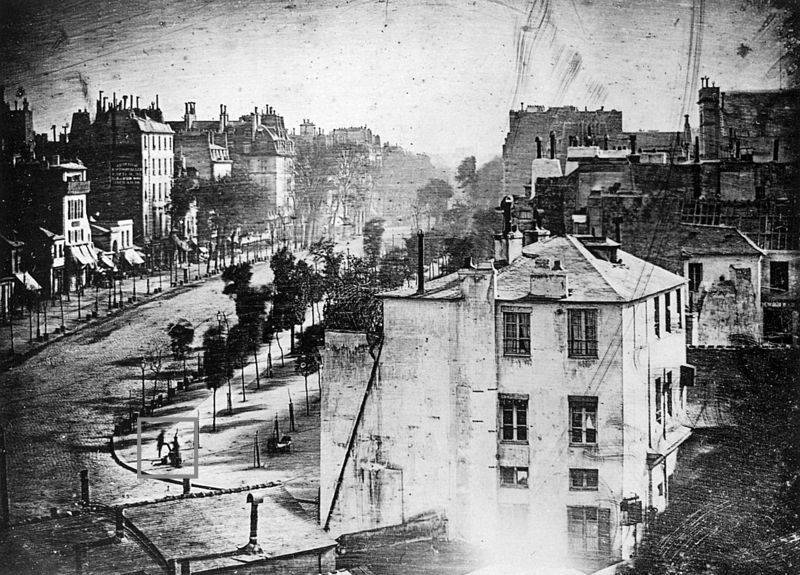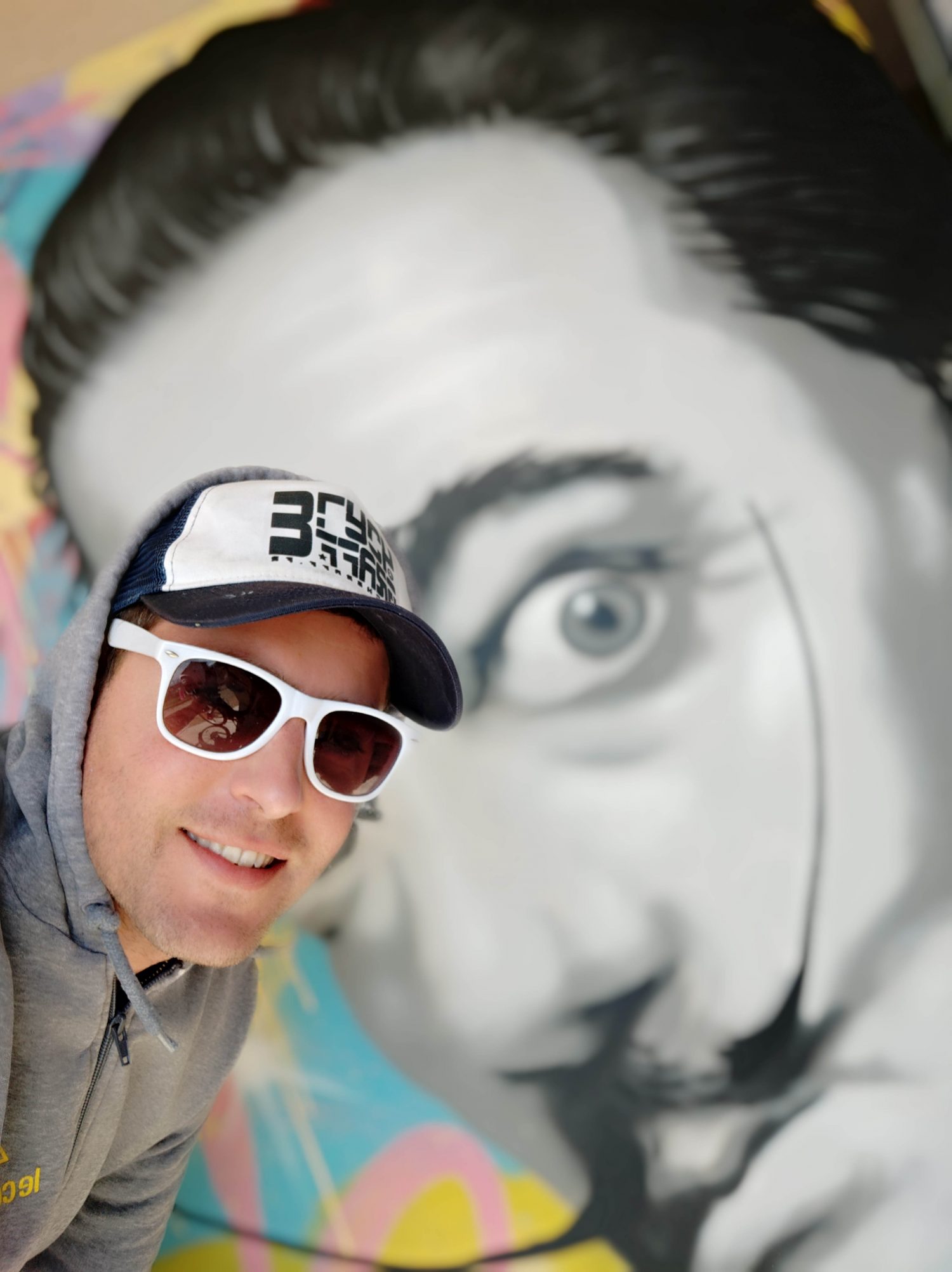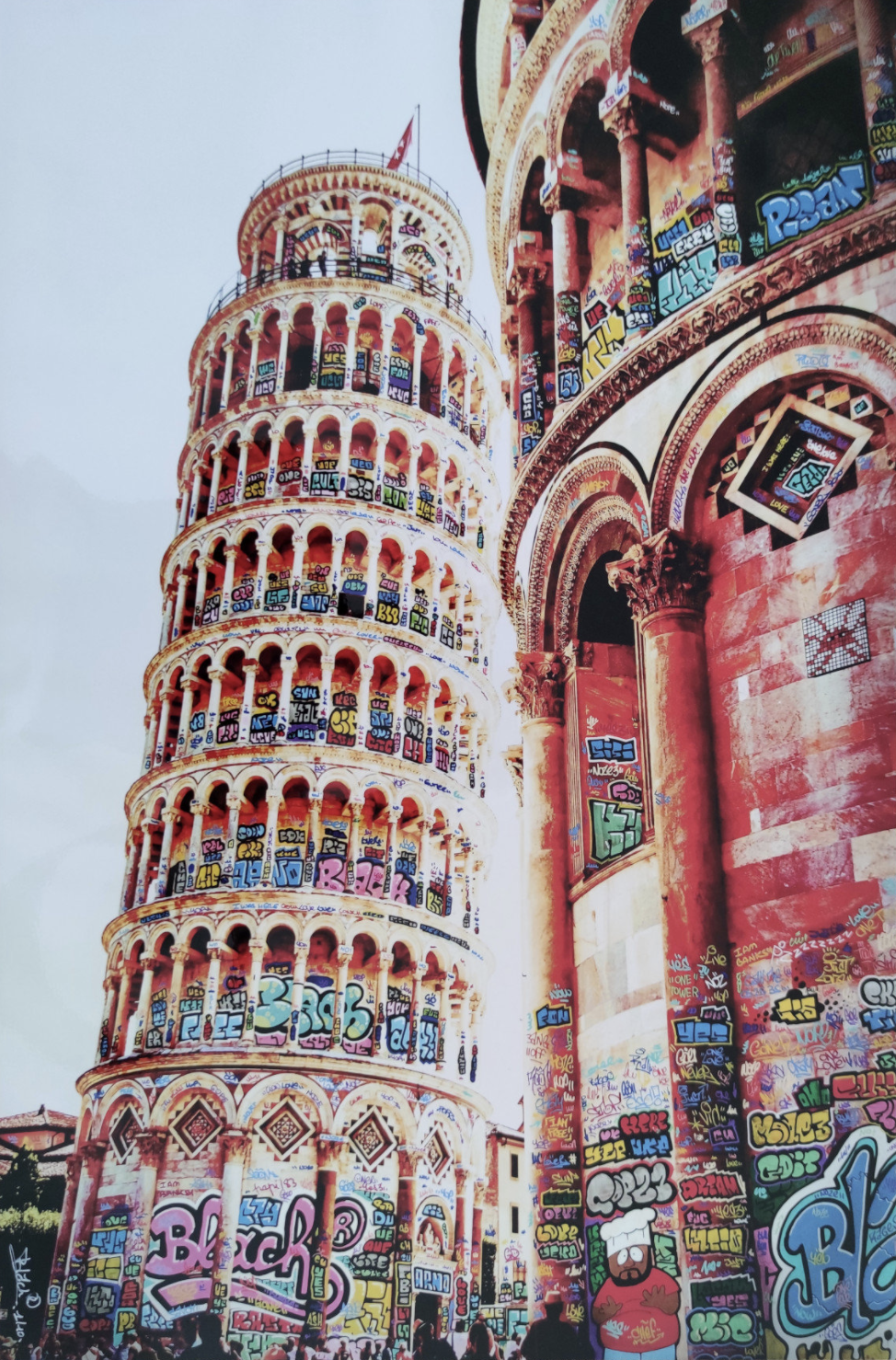Photography
Photography involved recording light or other electromagnetic radiation in order to capture images.
The Early Days of Photography
The first form of camera was known as the pinhole camera. The pinhole camera was created to consistently replicate the natural optical phenomenon that takes place when an object is projected through a small hole “pinhole”.
On the opposite side of the pinhole, and inverted and mirrored image of the object will appear.

The image wasn’t recorded unless someone drew or engraved the projection, but the desire to save such images spawned the desire to create a way of preserving such images.
The First Photo
While French inventor Nicephore Niepce was successful in creating etchings in the early 1820s, he went on to capture the earliest surviving photograph to date, called View from the Window at Le Gras in 1826 or 1827.
The scene was exactly as the title of work implied, and was doable even with the extremely long exposure time needed for the camera, which was around eight hours long.
Niepce’s predecessor, Louis Daguerre, successfully streamlined a process that Niepce himself diverted from in the past.
What was ultimately a silver surface treated with various chemicals, Daguerre cut down the exposure time from hours to minutes.
Daguerre’s famous photo is of a seemingly vacant Parisian street – which in fact was very crowded.
However, one person was captured in the shot – a man who was getting his boots shined was the only person stationary during the duration of the minutes-long exposure.

This was the first photograph that had a person in it.
Color Photography
The first color photo was created in 1861, using a three-color method that was conceived years earlier.
While color photography was available since that time, monochromatic, or black and white, photography still reigned supreme.
Not only was it cheaper to produce, but it also required less equipment and shorter exposure times.
Photography Today
With the advances in modern cameras, nearly anyone with a smartphone can take compelling and artistic photos.
Professionals and advanced amateurs have a plethora of cameras, lenses, and lighting equipment to create high definition shots.
Regardless of the camera, photographers work with angles, lighting, exposure, and framing to compose compelling imagery.

